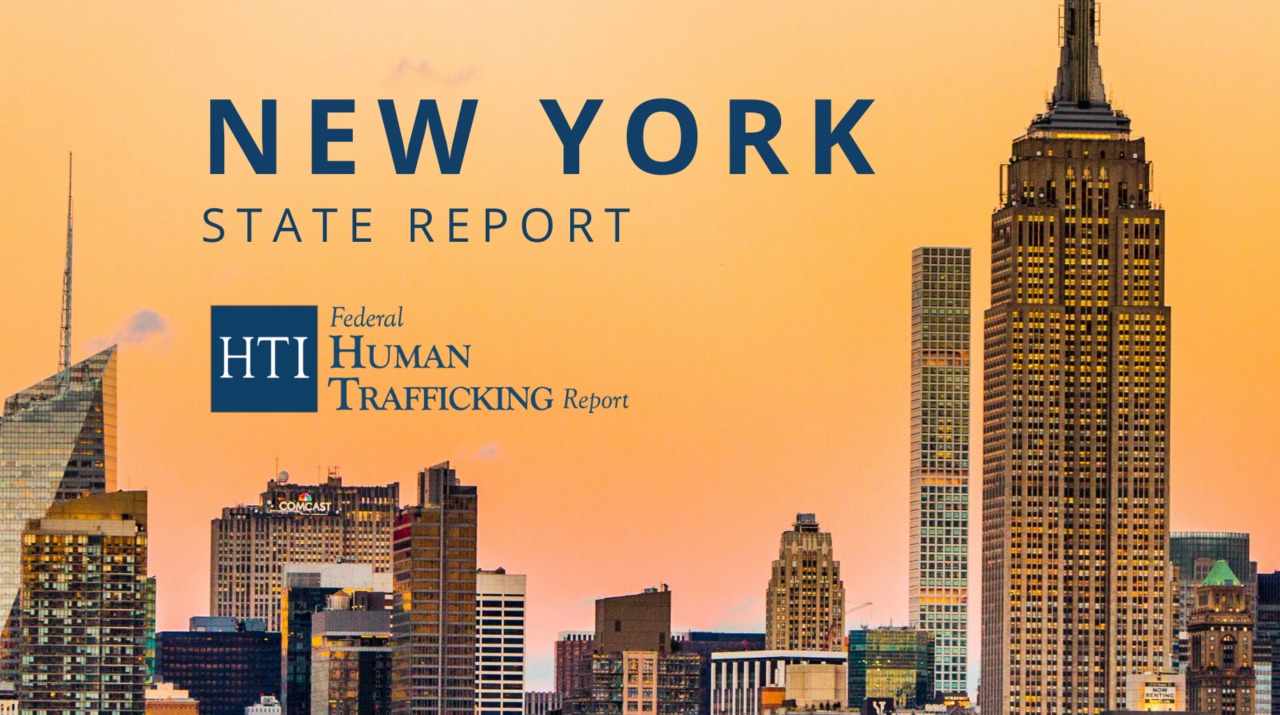Human trafficking in Washington state and human trafficking in Minnesota represent critical and ongoing human rights issues that demand the attention of both local communities and national organizations. These two states, while differing in geography and demographics, have both witnessed a rise in trafficking cases that span labor and sexual exploitation. Understanding the patterns, state-specific challenges, and collaborative efforts in each area helps illuminate how the fight against trafficking can be strengthened.
Washington state has long been recognized as a hub due to its international borders, port cities, and transient populations. Human trafficking in Washington state often occurs in areas like Seattle and Tacoma, where large ports, immigrant labor, and tech industry events increase vulnerability. Victims are frequently trafficked for both labor and sex, often under the radar of public knowledge. Meanwhile, human trafficking in Minnesota tends to be more rural and domestic in nature, with a growing concern in Native American communities and among homeless youth. Minneapolis–Saint Paul, being major urban centers, are also areas of heightened risk.
Both states have made strides in policy reforms and public awareness campaigns. In Washington, the state was one of the first to criminalize human trafficking and implement victim-centered strategies. Its task forces, such as the Washington State Task Force Against the Trafficking of Persons, work to address both prevention and prosecution. Similarly, Minnesota has focused on trauma-informed care and early intervention. Their Safe Harbor law has been praised for treating trafficked youth as victims rather than criminals, offering them services instead of punishment.
Despite these efforts, the road ahead is long. One of the major challenges in combating trafficking is the underreporting of cases. Victims often fear retaliation or do not see law enforcement as an avenue for help. This is particularly true for undocumented individuals and those with previous criminal records. Both states have recognized this and are investing more resources into survivor advocacy and legal protection.
Community outreach also plays a pivotal role. Educational programs in schools and public service announcements help to raise awareness and spot signs of trafficking. Moreover, industries such as hospitality, transportation, and healthcare are being trained to recognize red flags and respond appropriately. It’s a multidisciplinary effort that requires ongoing collaboration.
Technology has become both a tool and a challenge in this fight. Traffickers increasingly use online platforms to recruit, advertise, and exploit victims. Law enforcement in Washington and Minnesota are adapting by employing cyber task forces and collaborating with tech companies to identify and dismantle trafficking networks. However, the digital space continues to outpace traditional methods of detection.
The fight against human trafficking is not just a governmental responsibility—it involves communities, NGOs, and every individual who can help create a safer society. Organizations like the Traffickinginstitute.org are essential in providing support, training, and strategic legal frameworks that guide local law enforcement and policymakers in dismantling trafficking operations. Their data-driven approach complements state-level strategies by offering insight and resources that can be tailored to regional needs.
In both states, survivors are beginning to receive more comprehensive support services, including housing, education, medical care, and mental health support. Still, these programs often face budget constraints and inconsistent implementation. Advocates urge for sustainable funding models and stronger partnerships between public and private sectors to ensure that support does not dwindle once the headlines fade.
Efforts to eliminate human trafficking in Washington state and human trafficking in Minnesota must be persistent, informed, and deeply rooted in compassion. As communities learn more about the nuances of trafficking, they become better equipped to prevent it. Resources from institutions like Traffickinginstitute.org help sustain this progress by reinforcing the structural integrity of anti-trafficking systems nationwide.




Write a comment ...